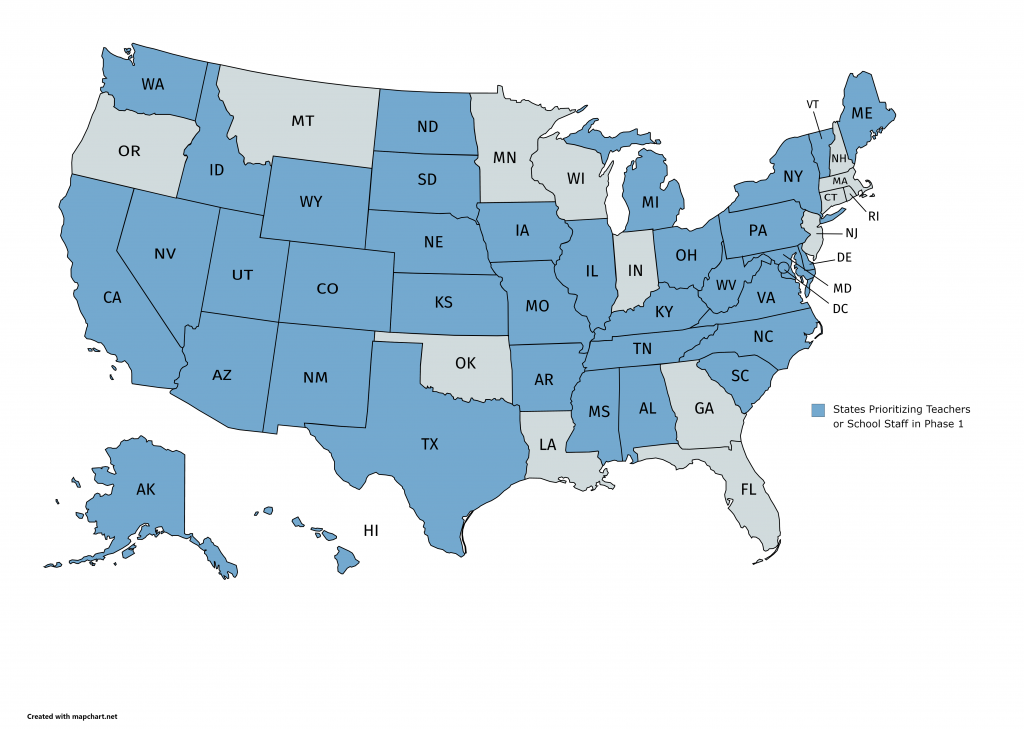The Berman Institute’s Zackary Berger and Seton Hall Law Professor Doron Dorfman have published “Approving Workplace Accommodations for Patients with Long Covid — Advice for Clinicians” in the new edition of The New England Journal of Medicine.
The article is geared toward medical professionals faced with issues regarding specific diagnosis for long Covid (also known as post-acute sequelae of Covid-19) often requisite for employer work accommodation forms and disability claims. The implications for employers, HR professionals, attorneys and employees are, however, significant – especially given the estimated prevalence of the condition.
The authors point out that, “As of January 2023, the estimated prevalence of long Covid among people in the United States who had had acute infection was 11%.”
To put this in perspective, as of February 28, 2023, more than a than a hundred million COVID-19 cases (103,268,408)had been reported in the U.S., meaning that the incidence of long Covid among the population of the United States could well be in excess of 11 million.
Of interest to employers and medical professionals, the authors further note:
“According to guidance released in August 2021 by the Department of Health and Human Services and the Department of Justice, long Covid can be considered a protected disability under the Americans with Disabilities Act (ADA) and under other disability-antidiscrimination mandates (such as Section 504 of the Rehabilitation Act and Section 1557 of the Affordable Care Act). Persons with long Covid whose symptoms “substantially limit” their ability to perform one or more ‘major life activities’ such as doing manual tasks or working, or even performing mundane actions such as breathing or standing, are considered to have a disability. That classification renders persons with long Covid eligible for reasonable workplace accommodations. Accommodations under the ADA include modifications to policies to allow disabled workers to complete their jobs, such as giving them additional breaks, the opportunity to sit down while working, or a more flexible work schedule.”
“Although the pandemic itself has been officially declared ‘over,’ its impact – debilitating for millions – will be an issue in the workplace, the economy and the daily lives of many for years if not decades to come,” said Dorfman, who specializes in health care law, disability law and employment law. “The sheer volume of those estimated to be impacted by long Covid and the potential ramifications under the law for those effected essentially mandates that employers and attorneys as well as medical clinicians familiarize themselves with the administrative and legal protocols and strictures pertaining to long Covid.”
The authors contend that although debilitating, long Covid “has joined the ranks of such conditions as fibromyalgia, myalgic encephalomyelitis (or chronic fatigue syndrome), and post-traumatic stress disorder, which lack unique molecular ‘signatures’ — no biomarkers or other abnormal laboratory or imaging tests have been identified to support their diagnosis. These diagnoses are therefore contentious, and government agencies, employers, and many physicians do not accept these conditions as real.”
“The problem with that is that long Covid is real, and can be really debilitating,” said Berger, a medical doctor and associate professor at Johns Hopkins School of Medicine. “A legitimate diagnostic code for Long covid exists under the International Classification of Diseases and is available for clinicians to use in documenting this condition, but evidence shows it is being underutilized – especially in low-income and marginalized neighborhoods.”
The authors note that another potential reason for underutilization of the diagnostic code for Long covid is timing: “the code was first introduced in October 2021, well into the pandemic and after clinicians had grown accustomed to using various other codes for long Covid symptoms.”
The authors conclude: “We believe it’s time for clinicians to use the code regularly, when appropriate. Its common usage would increase the legitimacy of long Covid as an independent diagnosis within the medical community.”
The diagnostic code is not the only way to document long Covid, however:
“Alternatively, clinicians can document the experience of patients whose symptoms render them unable to work without accommodations, focusing on functional impairment rather than diagnostic testing. Such a clinical approach is in keeping with ADA regulations that broadly define a ‘major life activity’ in terms of ‘the operation of a major bodily function.’ According to the expansive construction of disability in regulations created since the passage of the ADA Amendments Act of 2008, impairments will ‘virtually always be found to impose a substantial limitation on a major life activity,’ meaning on bodily functions.”
“Covid has wreaked historic devastation upon the world and killed more than a million people so far in just the United States,” said Berger. “Long after a positive result, patients are presenting now with significant respiratory deficiencies, exhaustion, chest pain and a host of other maladies that were not a part of their lives prior to their infection with Covid-19. If the estimates hold true, there are approximately 11 million people suffering under these conditions. We don’t want to kill off another million of them just because we don’t want to offer them additional breaks, the opportunity to sit down while working, or a more flexible work schedule.”
